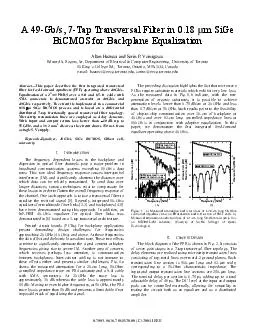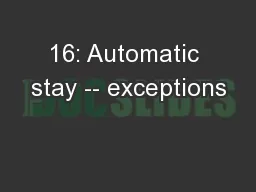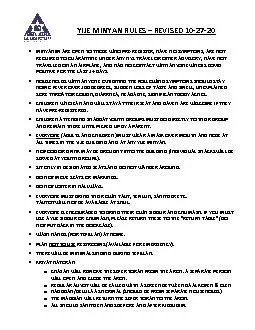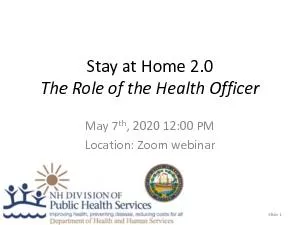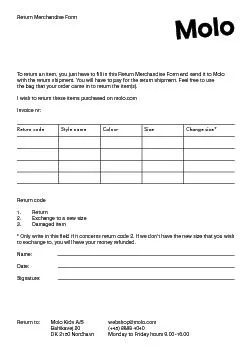PPT-Stay-At-Work Return-to-Work
Author : lindy-dunigan | Published Date : 2019-12-26
StayAtWork ReturntoWork Keys to Reducing Workers Compensation Injury Costs Presenters Dan Headrick PT CEAS III ASTYM BS Star Physical Therapy Brian Holmes TN Bureau
Presentation Embed Code
Download Presentation
Download Presentation The PPT/PDF document "Stay-At-Work Return-to-Work" is the property of its rightful owner. Permission is granted to download and print the materials on this website for personal, non-commercial use only, and to display it on your personal computer provided you do not modify the materials and that you retain all copyright notices contained in the materials. By downloading content from our website, you accept the terms of this agreement.
Stay-At-Work Return-to-Work: Transcript
Download Rules Of Document
"Stay-At-Work Return-to-Work"The content belongs to its owner. You may download and print it for personal use, without modification, and keep all copyright notices. By downloading, you agree to these terms.
Related Documents


